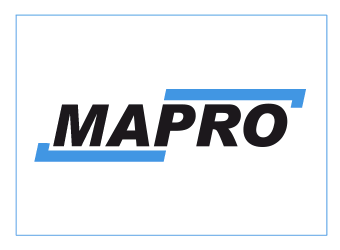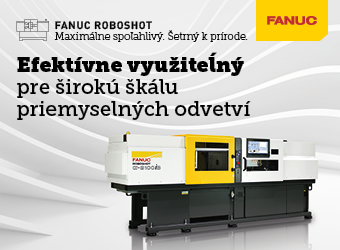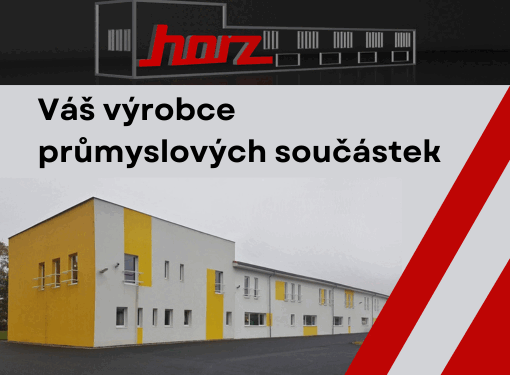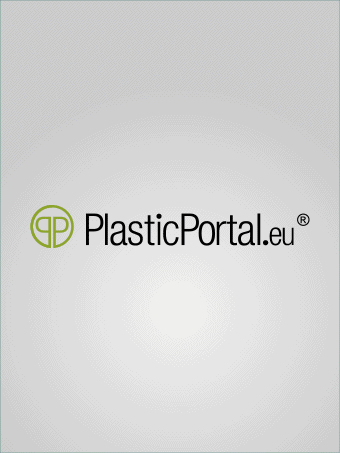Cryogenic Shot Blast Deflashing. What it can and cannot do?
Cryogenic high speed shot blast deflashing is a process used by the rubber industry to remove flash from molded rubber parts. The process uses liquid nitrogen, high speed rotation and media (shot blast) in varying combinations to remove the flash in a highly precise, economical and expedient manner.
Parts that have thin flash can be quickly and thoroughly cryogenically deflashed. This process is
exceptionally good at removing the inner dimensional and complex flash that cannot be removed
by any other method.
There are two basic styles af cryogenic deflashing machine - basket and belt. The basket style
was designed to process small parts and offers 100% parts containment. The belt style was
designed for larger/heavier parts which require more room to tumble and a stranger rotation
system.
MOLDING FOR BEST RESULTS
The old sayíng "garbage in,garbage out" is very appropriate. To consistently get a quality
finished part, you have to consistently put in a quality unfinished part.
Ideal Flash Configuration
Everyone who molds rubber parts feels that the ideal flash configuration is not flash at all.
Flashless molding is being developed and will have a future, but given the vast quantities of
existing molds, cryogenic deflashing will be around for quite a while, So what is the ideal flash
configuration? Make the flash as thin as possible, with as good a flash base as possible, or, in the case where sealing surfaces are involved, try to move the flash away from the critical areas.
Overflows
The location of overflow in reference to the part has an impact on the cycle time and deflashing
temperature, as well as general deflashability of the part. Overflows should, if they are necessary for the molding process, be moved as far away from the part as possible (x> plastic shot size)*.
*(x= distance between outer edge of part and inner edge of overflow. Plastic media must be
smaller than x in order to get inside this area and deflash properly.)
The closer the overflow gets to the part, the more difficult it is to remove; the plastic shot cannot
penetrate between part and overflows to remove the flash,. If enough room is left between the
part and the overflow, the following advantages are usually achieved:
• Shorter deflashing cycle
• Better deflashing quality
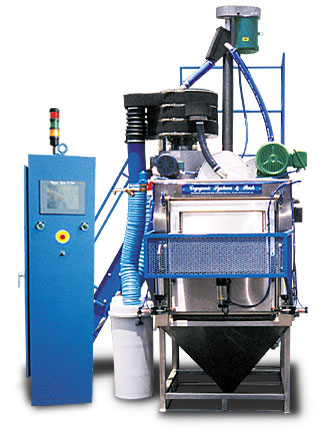 | |
Tear Trim Design
Tear trim design was developed to eliminate the cryogenic deflashing operation. The overflow is
placed extremely close to the part (x = 0)** so that, when this overflow is removed by hand, no
flash remains.
**(actually, x approaches zero - there is virtually no thin area between part and overflow).
This design usually works well until the mold starts to wear, and this usually does not take very
long because of the knife edge required between the part cavity and the overflow cavity. Trying to cryogenically deflash these parts is very difficult. When the part is cooled down and becomes
hard, the overflow essentially becomes part of the part, and the shot media cannot penetrate the
minuscule area between part and overflow. A solution to permit cryogenic deflashing of this part
design is to fill in the overflow cavity, thereby leaving only a skin (thin flash) to remove. This
improves the deflashability and quality of the part and also results in a mold that has far superior
wear properties.
Parting Lines
Everyone knows that the parting line and flash base configuration determine the overall
deflashing quality. If there is no difference between the thickness of the flash and the part, the
deflashing unit will remove both. No cryogenic deflashing unit will eliminate molding problems.
ln these cases, if part quality needs to be improved, mold rework is necessary.
When qualifying your part:
• Best results can be achieved when the parting line does not exceed 0.005", or
0.127 mm thickness
• Parts need a clear, consistent demarcation of flash
THE PROCESS
Liquid nitrogen (N2) is injected into a highly insulated chamber in which molded rubber parts are
tumbled and blasted. The tlash, which should be significantly thinner than the parts themselves, is embrittled by the low temperature.
At the same time, a precision throwing wheel, turning at high speeds (up to 8,000 rpm), throws
plastic shot at the tumbling parts, and the plastic shot breaks off the brittle flash on impact. The
deflashed parts remain in the chamber, and the machine separates reusable media from debris
(flash and dust).
Load Size
There must be room within the blasting chamber for the parts to tumble. The tumbling action
exposed the parts to both the N2 and the media stream. The actual size of the chamber should
be at least twice the size of your load. Average load sizes are from 3/4 cu. ft. of parts to 4 cu. ft. of parts.
- autor:
- Ing. Josef Smejkal
















